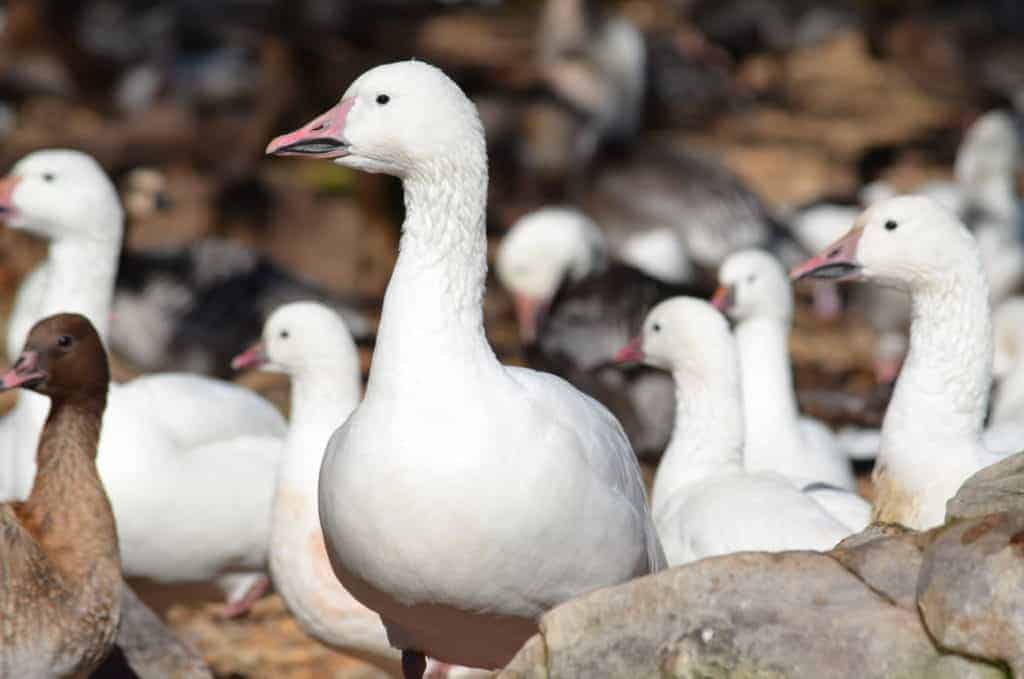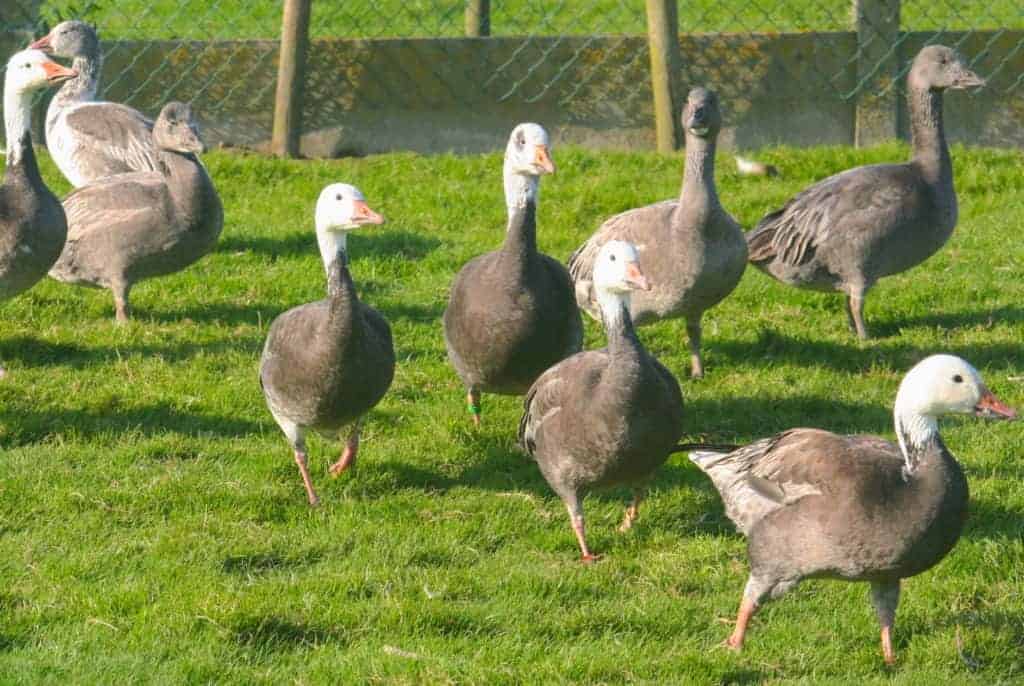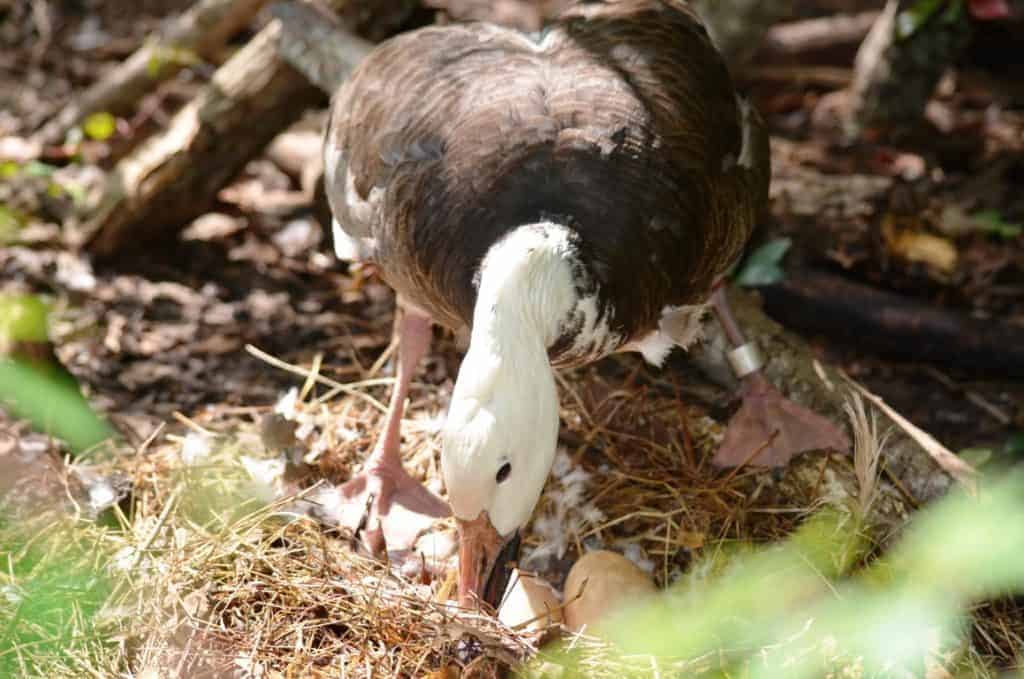Snow Goose

There are two subspecies of Snow Geese, the Lesser A. c. caerulescens and Greater A. c. atlanticus. Both subspecies occur in white and blue phases (or morphs), the latter of which has become highly sought after in captivity. In the wild this phase is common in the former subspecies, but extremely rare in the latter.

Anser caerulescens
This is one of the most populous goose species in the world. They nest across the northern arctic, wintering across southern North America. Snow Geese occupy the Pacific, Central and Atlantic flyways in North America. They forage in empty pastures and grain fields over the winter, migrating back to the arctic in March and April each year to breed. Snow Geese can be identified by their characteristic white plumage and black primaries. The primaries are highly visible during flight, and quite subtle when on the ground. Juveniles are slightly smaller than adults, and show significant grey in the plumage.


Snow Geese breed readily in captivity and are quite numerous. They lay a clutch of 4–6 eggs, incubating for 24 days. Both male and female would normally raise the young together, as in all goose species.
FURTHER READING
Ottenburghs, J., van Hooft, P., van Wieren, S.E. et al. 2006. Hybridization in geese: a review.
Share this page